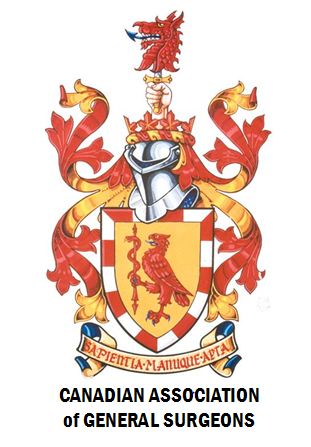How can I take care of my skin and prevent pressure ulcers?
What is a pressure ulcer?
A pressure ulcer is an area of skin that has been damaged because of pressure from a surface (like a mattress or chair).
You can get a pressure ulcer when this pressure stays for long periods of time over a bony area like your elbow, heel, hips or tailbone.
How do I know I have a pressure ulcer?
Your skin may look red, purplish or bluish at first. The colour does not go away when pressure is removed. This is an important sign from your body that something is causing too much pressure over this area. More skin damage will happen if this pressure continues.
These red, purple or blue areas may become open ulcers, involving your muscles, tendons and bones.

What causes skin breakdown?
There are many reasons that increase the chances of your skin breaking down and leading to pressure ulcers:
- You can’t move, you’re not moving enough or you’re not able to change positions by yourself
- Direct pressure from your bed, chair, wheelchair, or any contact between the equipment and your body
- Friction that happens when you can’t lift your body as you change positions in your bed, chair or wheelchair
- Friction that happens when you use your elbows or heels to help yourself move
- Scars from a healed pressure ulcer
- Urine or stool being in contact with your skin often
- Not eating the right kinds of food
- Smoking
- Certain medications
- Certain health conditions
- Aging
Check your skin every day. If you think you are getting skin breakdown, talk to your health care team.
What can family and friends do to help me?
Have your family or caregiver look at your skin, paying special attention to areas you can’t see or feel well, such as your back, bottom, hips, legs and feet. Watch for any rashes, redness, or open areas.
1. Remember your backside!
Moisture from urine, stool and sweat can cause skin breakdown and infections. If your skin is always wet it makes it harder for your skin to protect you. Your skin needs to be cleaned and protected with a barrier cream after each soiling.
2. Pressure sores begin over bony areas.
Remember to check these areas:
back; tailbone; bottom; hips; elbows; ankles; heels
Tell your health care team about any areas on your skin that are red, purple or blue, painful or open.
3. Check your feet every day.
Check your feet for red areas, blisters and calluses. Make sure your shoes t well and are not causing any pressure or friction.
How can I help prevent skin breakdown?
- Change your body position every 2 hours while you are in bed, and every 15 minutes when up in your chair or wheelchair. Your health care team will help you as needed.
- Put a pillow between your legs to prevent your ankles and knees from touching when you are lying sideways in bed. Check with your Nurse first to make sure this is right for you.
- Try not to lie right on your hip bone.
- Make sure your clothes and bed linens are not wrinkled under you.
- Raise your heels off the bed by using 1 or 2 pillows under your lower legs. Or, wear special heel boots.
- Keep the head of your bed as at as possible so you do not slide down in the bed. Check with your Nurse first to make sure this is right for you.
- Have your caregiver use a lift sheet to move you up in bed if you need this type of help.
- Do not use doughnut shaped cushions because they may cause other areas of pressure.
You may be seen by an Occupational Therapist (OT) who will give you tips on how to best position yourself in your bed or wheelchair. OTs can assess if a pressure reducing cushion or mattress and other assistive devices might help you.
What other tips would help me?
Skin care tips
- Clean your skin with soap and water, or a special skin cleanser that your health care team recommends. Be sure to pat your skin dry.
- Speak to your health care team about products that keep your skin dry.
- Use a moisturizer on dry skin.
- Put on a barrier cream so that your skin doesn’t feel irritated and pressure ulcers don’t form.
- Don’t rub or massage skin over bony areas. This may cause more skin damage.
You may be seen by an Occupational Therapist (OT) who will give you tips on how to best position yourself in your bed or wheelchair. OTs can assess if a pressure reducing cushion or mattress and other assistive devices might help you.
Healthy eating tips
Try to eat and drink regularly if possible.
You may not be able to eat normally after your surgery. Check
with your Nurse or Doctor to find out what is right for you.
If you can have regular meals, try to focus on healthy foods. Aim for a variety of foods from each food group (vegetables and fruit, grains, milk and alternatives, meat and alternatives). Refer to Canada’s Food Guide for more information (www.hc-sc.gc.ca/fn-an/food-guide-aliment/index_e.html).
Activity and exercise tips
Keeping active speeds up your recovery and prevents other health problems.
- Try to get up as soon as possible with help from the staff.
- A Physiotherapist may give you an exercise plan to help you.
- Ask family or a caregiver to help you with exercises.

